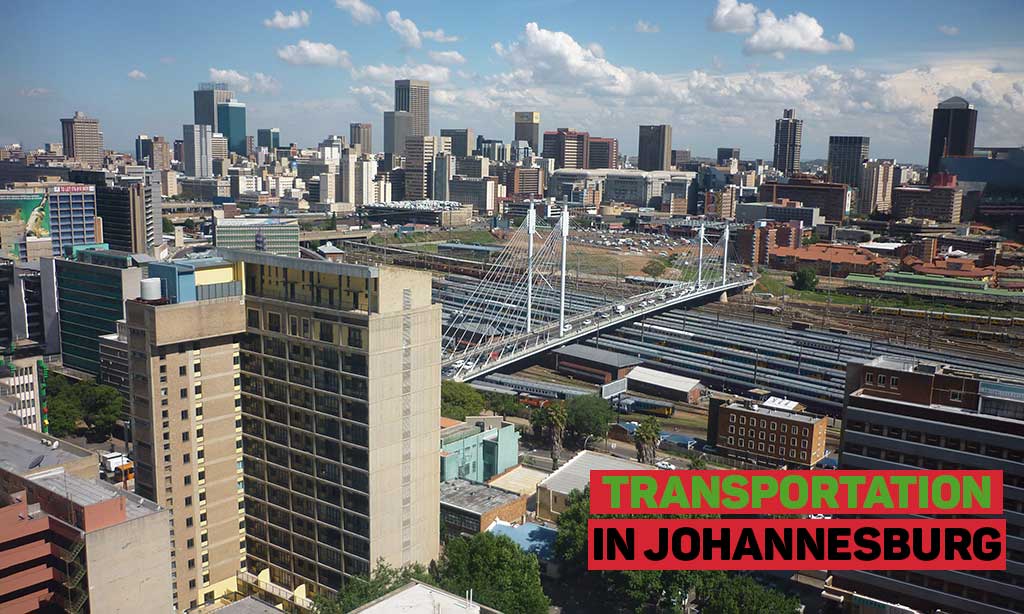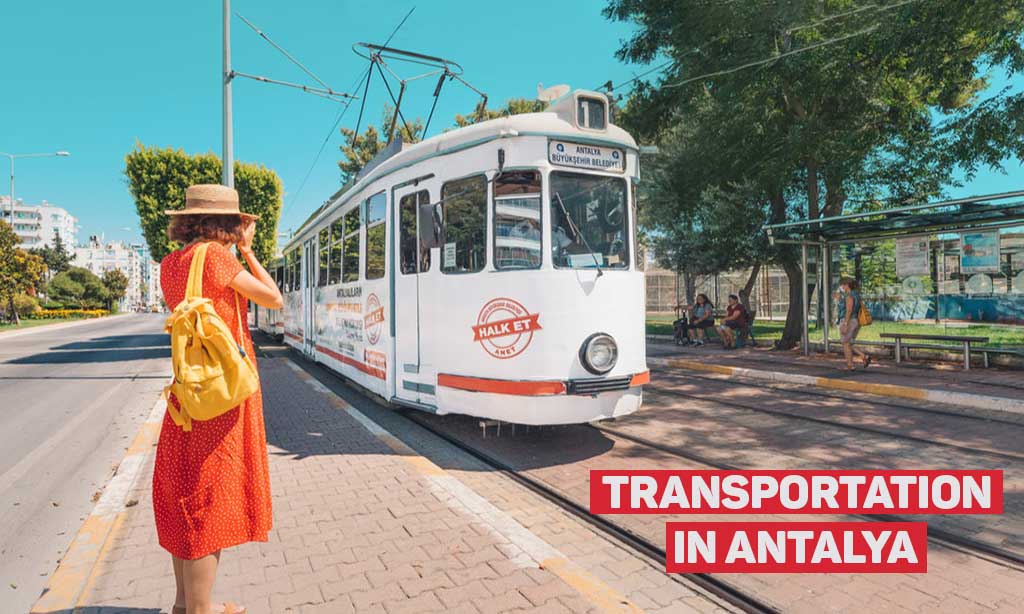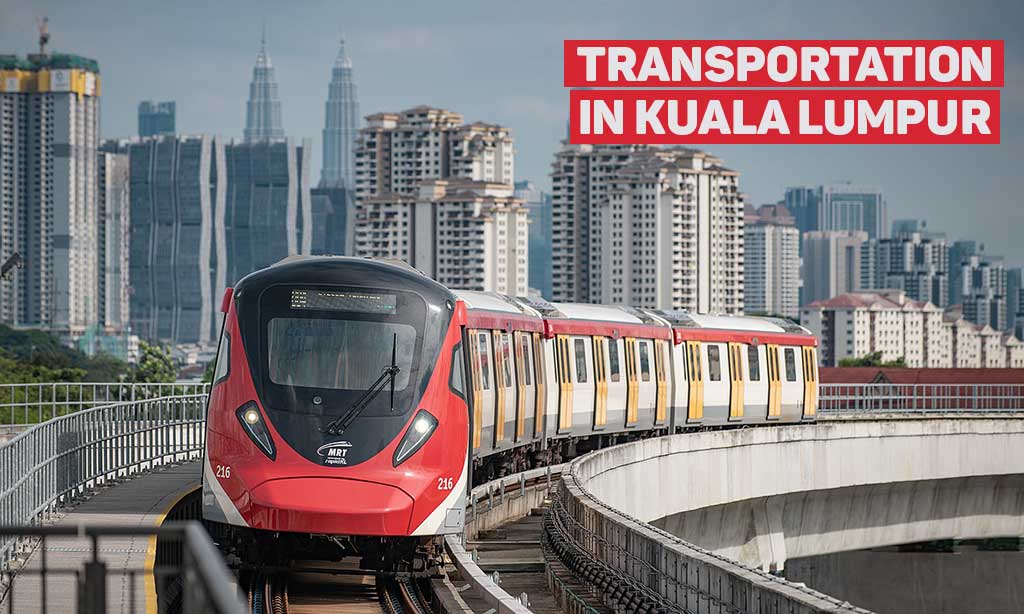1. Overview:
Public Transportation Copenhagen, the capital of Denmark, boasts a robust and efficient transportation system that includes the Metro, trains, buses, and water buses. The city’s design prioritizes convenience and Scandinavian sensibilities, ensuring that residents and visitors can navigate the city with ease. With an integrated ticket system, riders can access almost all public transportation modes, making commuting seamless.
2. Major Transport Operators:
- Rail: Known locally as S-tog, the suburban trains in Copenhagen interconnect with Metro lines and are essential for trips to attractions like the Louisiana Museum of Art or the castles in Helsingor.
- Buses: Copenhagen’s buses are efficient, clean, and punctual, serving neighborhoods like Frederiksberg, Vesterbro, and Osterbro.
- Tram: Not mentioned in the provided sources.
- Ferry / Boat: The Harbour Bus, a yellow boat service, offers a scenic route through the main canal, connecting various points of interest.
3. Table: Transportation Systems:
| Transportation | Operator Name | Website URL |
|---|---|---|
| Metro | Metro | Link |
| Buses | Buses | Link |
| Trains (S-tog) | Trains (S-tog) | Link |
| Harbour Bus | Harbour Bus | Link |
4. Guide on Ticket Purchasing:
Tickets for public transportation in Copenhagen can be purchased through various means. The “DOT Mobilbilletter” app allows users to buy tickets on the go. Alternatively, tickets can be bought online. The Copenhagen Card offers unlimited rides on public transportation and access to top attractions. Ticket prices are based on zones, with most trips around Copenhagen requiring a two-zone ticket. For those who prefer not to deal with zones, options like the City Pass or a 24-hour ticket are available. Locals often use the Rejsekort card, which is suitable for frequent travelers.
5. Major Passenger Airports:
Copenhagen International Airport, The airport is easy to get to and from because it is only 8 km from the centre of Copenhagen. Depending on how you get there, it will take between 13 and 35 minutes. We suggest that you find out where you want to go after you leave the city’s centre. This will help you decide which mode of transportation is best for you.
When you get to Terminal 3, you can easily get to both the trains and the metro by walking straight ahead. Bus stops are close by as well, just outside Terminal 3.
6. Driving Information:
Denmark offers a pleasant driving experience with well-maintained roads. Drivers must keep headlights on at all times, even during the day. Seat belts are mandatory for all passengers, and using cell phones while driving is prohibited. Speed limits are strictly enforced, and driving under the influence of alcohol or drugs is illegal. Denmark also has specific rules for cyclists, given its reputation as a bike-friendly nation.
7. Renting a Car:
Car rentals are available at airports and major cities. Typically, drivers must be at least 21 years old and have held a license for a year. Some rental agencies may have restrictions on traveling to certain countries.
8. Cycling Facilities:
Copenhagen is renowned for its extensive network of bike lanes, making it one of the world’s most bike-friendly cities. Numerous bike rental options are available, including Bycklen and Donkey Republic. The city promotes bike safety, and while helmets are not mandatory, they are recommended.
9. Walking Facilities:
Copenhagen is a highly walkable city. Locals prioritize function over fashion, so comfortable walking shoes are recommended. The city’s design and infrastructure support pedestrians, ensuring a safe and enjoyable walking experience.





